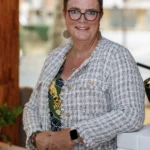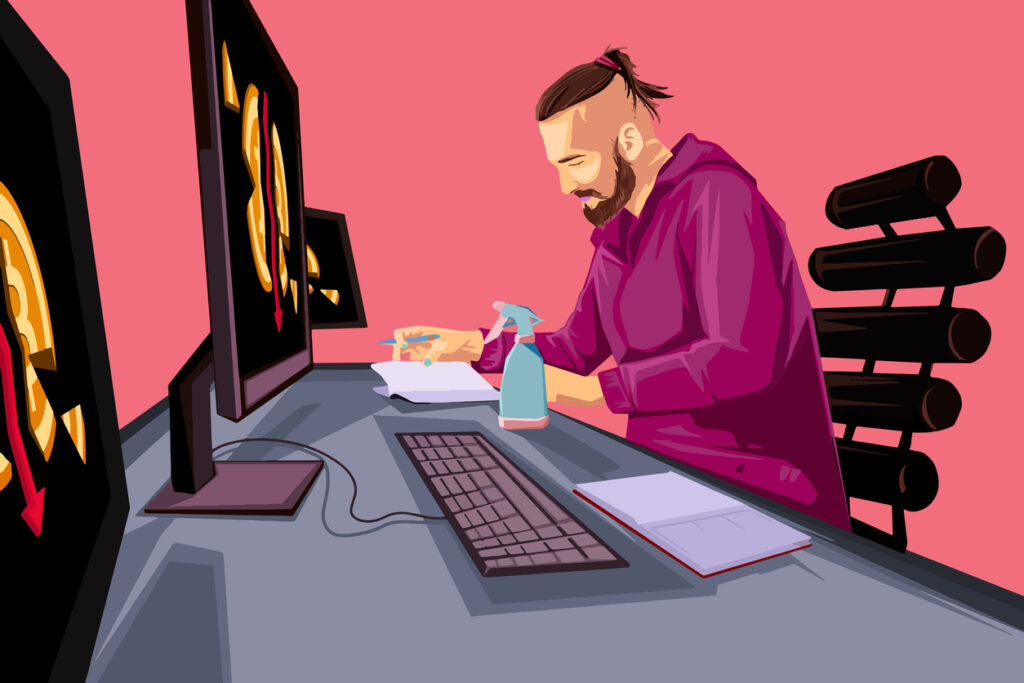At first glance, the world of diversity and inclusion consultants appears dominated by those who hold minority or marginalised backgrounds, those who are voiceless and looking to be heard, and those who feel a sense of injustice in the world and want to right wrongs! Where in this world is there a place for the ‘straight white man’?
Bringing everyone together is the first step
I am a great believer in the mantra that you can’t be inclusive by excluding or leaving people behind. I also believe that in order to be able to drive real change then the people who hold the privilege need to be centred in these conversations as enablers of that change.
We have to first appreciate that racism is a white problem, sexism is a male problem, and homophobia is a straight problem to realise what needs to be done and to step up to solve these issues. Tasking those who hold these marginalised characteristics to solve the problems of discrimination through societal and structural constructs is not only unfair but also unachievable.
Create a safe space for people to learn, make mistakes and be corrected without fear of retaliation, rejection or humiliation
And so to the original protagonist of this article – the ‘straight white man’, how can we involve them and empower them to join in the conversation and feel confident to contribute to diversity and inclusion? I recognise that one of the key barriers to getting involved is the fear of getting it wrong, saying or doing something that could be offensive or clumsy. We see examples on social media and the press where people are vilified for making an error, causing a microaggression through lack of awareness, poor judgement or simple ignorance. It is simply not a conversation or topic that was in their lived experience.
For me, we can start by ensuring all voices are welcomed into the room and around the table and to create a safe space for people to learn, make mistakes and be corrected without fear of retaliation, rejection or humiliation. Welcome vulnerability and humility and educate – learn how to call people in, not just call people out. Businesses can implement allyship programmes where everyone can learn about language, culture and historical significance and events.
How can businesses start these types of conversations?
- Allow space for people to make sense of the information they have learnt and a learning environment in which to develop their cultural intelligence skills
- Implement inclusive leadership training that centre on cultural intelligence and emotional intelligence, both of which are skills that can be learnt
- Focus on conscious inclusion training, rather than unconscious bias training where people can learn to change their thinking
- Emphasise that understanding someone’s perspective is more valuable than changing minds. Understanding why someone has a view is the key to understanding another’s lived experience and challenges
- Question the role of the media – examine the biases and stereotypes that are amplified and propagated and create polarised debates and sell division
- Further allyship programmes internally and recognise how the organisation can demonstrate allyship by speaking up and putting its weight behind injustice
Time to step up
In 1918 the United Kingdom Representation of the People Act was passed which allowed women over the age of 30 who met a qualification to vote. But it was not until the Equal Franchise Act of 1928 that women over 21 were able to vote and women finally achieved the same voting rights as men.
Start by listening, and understanding injustice, discrimination, and marginalisation
In order for these two acts of Parliament it took ‘straight white men’ to listen and create change, today we are in the same position. People who hold the power and privilege in society have to step up and enable the change to occur – they need their ears to listen and voices to bring change.
Start by listening, and understanding injustice, discrimination, and marginalisation. See beyond the diversity media polarisation, and become aware of people’s perspectives and their ‘why’. Use your voice and power to support, amplify and enable change. That is why the ’straight white man’s’ role is critical in diversity conversations.
Interested in this topic? Read Diversity and Inclusion in 2023: The age-old problem persists.
[cm_form form_id=’cm_65a14c3f5da64′]






